Thirty years ago, I rang Ian Paisley on a Sunday. That afternoon, everything seemed bleak and hopeless – following dreadful days that had seen the Gibraltar, Milltown and Anderstown killings, some of the worst days of the Troubles.
Normally, Paisley did not take calls on the Sabbath. But he did that day, understanding, I think, my own sense of despondency, one shared by others. Wearing his religious hat rather than his political one he delivered stern, common-sense advice.
There was always hope, the Democratic Unionist Party leader said. Nobody, including a Free State journalist, should be indulging themselves in the counsel of despair. In other words, get a grip. It was good advice.
Paisley was right. Northern Ireland retreated from the precipice, although ghastly "normal" violence, injury and death continued for years; brutal, yes, but not the catastrophic bloodbath threatened during those March days.
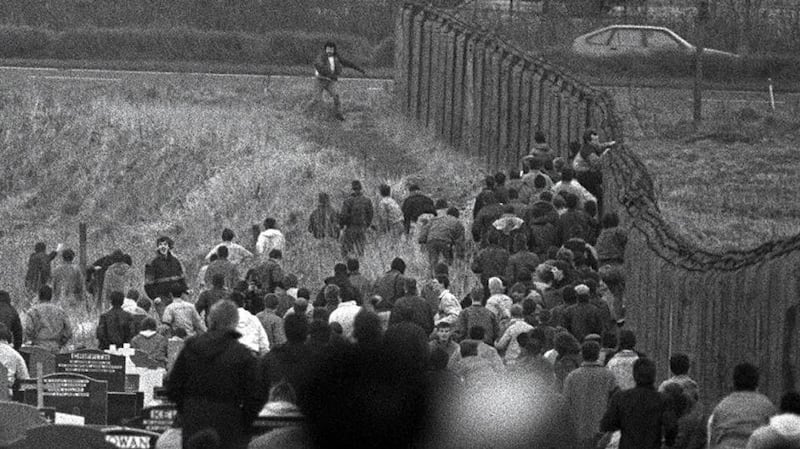
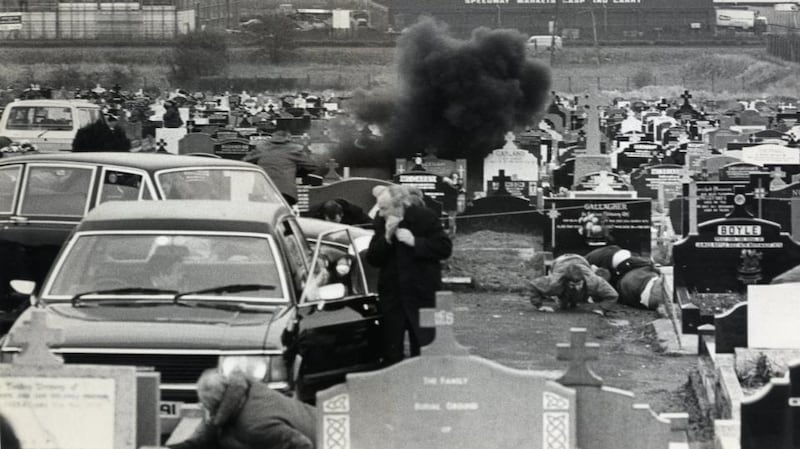
Even then, Fr Alec Reid, who had said prayers over the two dead British soldiers, was helping to spur the beginning of the dialogue between SDLP leader, John Hume and Sinn Féin's Gerry Adams.
That engagement faltered but resumed again in the early 1990s, leading on to major British and Irish initiatives and the IRA and loyalist ceasefires of 1994 and 1997 and ultimately the Belfast Agreement of 1998.
Through all the years of the Troubles Northern Ireland had never erupted into actual, full-scale civil war. Somehow, when either one or both sets of paramilitaries went to the brink some survival instinct seemed to pull them back at the last moment.
Gibraltar killings
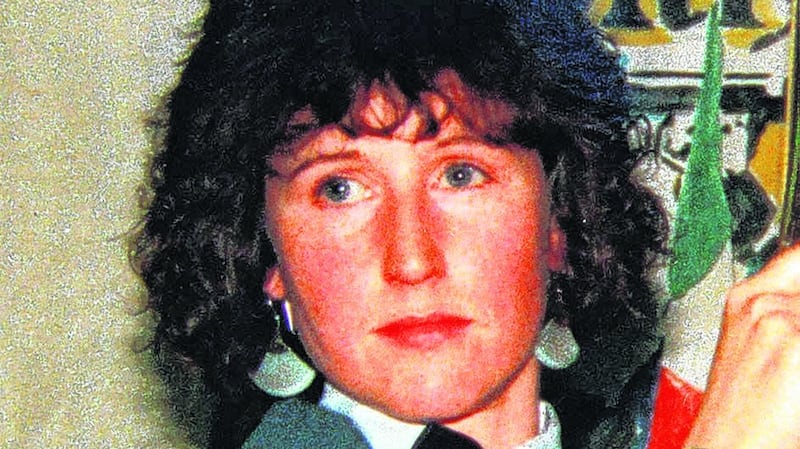
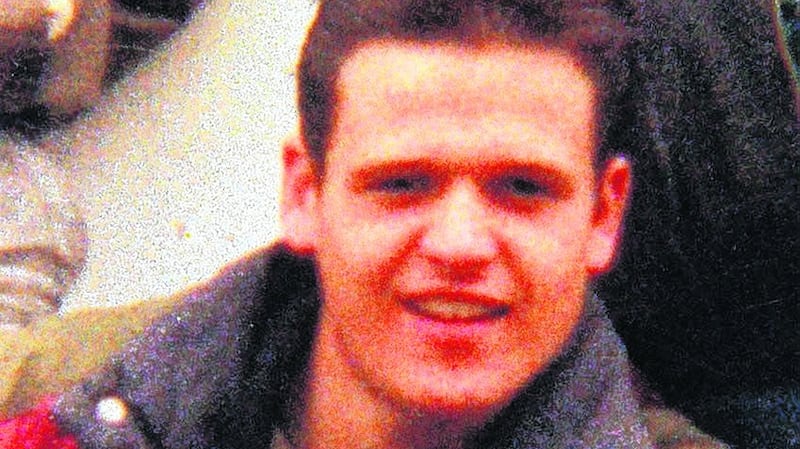
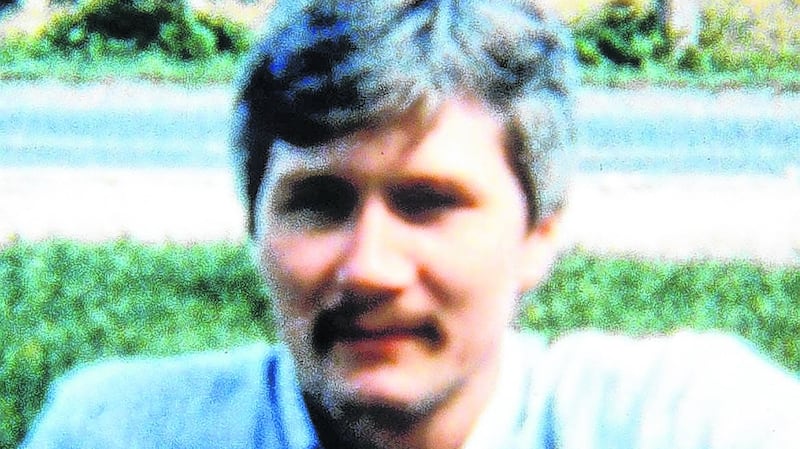
However, that convention buckled for 13 days following the SAS killings in Gibraltar of Mairéad Farrell (31), Daniel McCann (30) and Seán Savage (23), who had been planning to bomb a changing-of-the guard ceremony.
A fourth member, Siobhán O'Hanlon, who had travelled to Spain with the IRA unit, was not at the scene and escaped with her life – she later became a key member of the Sinn Féin back-room negotiating team in the lead-up to the Belfast Agreement.
A niece of former IRA chief of staff Joe Cahill and sister of Sunday Independent writer Eilis O'Hanlon, who took an opposing view to republican violence, O'Hanlon died of cancer in 2006, aged just 43.
The killings triggered convulsions. The three killed were unarmed, and it was alleged that Farrell and McCann had been shot as they had tried to surrender. The British government and SAS said the three had made movements which led the soldiers to believe their own lives had been in danger.
Even today, people hold to opposing truths. Either way, Gibraltar came after Loughgall the previous year when eight IRA men and an innocent civilian had been killed. By then it was clear that the SAS did not take prisoners.
From a cold military and strategic consideration the British army and government may have viewed Gibraltar a success, since it sent a hard message to the IRA. It was infiltrated and it would be dealt with mercilessly. But the killings unleashed a lunacy that still disturbs.
Republicans were not the only ones aggrieved. The SDLP's Séamus Mallon said Gibraltar bore all of the characteristics of an alleged shoot-to-kill policy employed by the RUC in Armagh six years earlier. Equally, it was realised that the IRA had been ready to slaughter many in Gibraltar.
Gibraltar prompted an angry emotional response within nationalism in Northern Ireland, and to a lesser degree in the Republic, creating tensions between Charles Haughey’s government and Margaret Thatcher’s.
Cortege
Once returned to Dublin Airport a week later, the bodies, amid great tension, were brought in a cortege on a Sunday night from Dublin to Belfast to the homes of the Farrell, McCann and Savage families.
There were several delays including at the Border. As the hearses travelled past Newry there were bonfires along the road with angry loyalists waving union flags and taunting the cortege. Stones also were hurled.
On the Monday, death came again. An IRA member, Kevin McCracken (31) from west Belfast, was shot dead by the British army while apparently preparing to attack an army patrol in Turf Lodge.
On the Tuesday, the Ulster Defence Association (UDA) shot dead Charles McGrillen (25), a Catholic trade unionist. Married and from south Belfast, he was shot in the yard of Dunnes Stores, off the Ormeau Road, where he worked. The killing was sectarian, nothing more.
On the Wednesday, Kevin Mulligan (27), a Catholic, died of wounds he had received more than seven months earlier in another sectarian UDA attack. He was shot in July at a garage in east Belfast where he worked.
His death deserved more acknowledgment. However, it was the day when thousands of mourners and the world’s press gathered at Milltown cemetery in west Belfast for the funerals of Farrell, Savage and McCann.
Similar high-level IRA funerals had been heavily policed by RUC officers in riot gear but this time, following representations from Catholic Church leaders, SDLP politicians and others, the police decided to keep their distance.
Michael Stone
It gave Michael Stone his opportunity. I crouched behind a gravestone, noting the name upon it, thinking: "If I manage to get out of here I might write a report saying a dead man had saved my life." I did not. A day later, a British tabloid had a piece headlined: "How a Dead Man Saved My Life".
So far, it was still unclear how many were involved. We could see Stone retreating, trying to make his way back to the M1 motorway, pursued by hundreds of men and youths. They showed great bravery. From a nearby roof, others directed them towards Stone.
Breaking his run, he stopped from time to time to fire more shots, reload, toss more grenades and goad his pursuers, incongruously also taking time to keep his flat cap on his head. He made it to the motorway, but no farther.
There was an enormous cheer from the cemetery when he was caught. He was beaten unconscious and there would have been little doubt about the fate that awaited him had police officers not arrived hurriedly to take him away.
Stone left three men dead, Thomas McErlean (20), John Murray (26) and IRA member Caoimhín Mac Brádaigh (30). Sixty were injured. One young frustrated Republican screamed again and again: "Thousands of us here and not a f***ing gun between us."
Still, no one knew if Stone was a lone gunman or one of a pack. Leaving to find a telephone to file copy I saw a man being attacked by a group of mourners. It was a colleague, Noel Doran, then a Belfast Telegraph journalist, now editor of the Irish News.
Some had thought he had been involved. A senior republican steward, the late Terence “Cleeky” Clarke, gave Doran a few thumps before recognising him and stopping the crowd from doing more. Clarke was to feature again in the days ahead.
Thursday was St Patrick's Day. Back then, I worked for the Irish Press. That morning one of the news editors decided I should call to Stone's home in the Braniel estate in east Belfast to hear what his family had to say.
With an Offaly accent and a car registered in the Republic it did not seem a good idea. I took a taxi, knocked on Stone’s house and got no answer. I tried a couple of neighbours’ doors, elicited predictable quotes and hurriedly left.
Throughout that week, everyone survived on nervous energy. Motorists had to avoid riots and blazing, hijacked buses, cars and vans as they drove on the Falls Road. People, unsure and frightened, worried about the next awfulness.
On Friday night, Gillian Johnston (21), a Protestant who worked in a chemist's in Belleek in Co Fermanagh and lived just outside the town, was shot dead by the IRA. Her fiancé sitting in a car beside her was badly injured.
The IRA said the shooting had been a “mistake”. Essentially, however, it was a sectarian attack carried out by a unit later disbanded and disarmed because of its callousness. Saturday was the funeral of IRA man Caoimhín Mac Brádaigh.
British army corporals
The memory of the moments that followed still frighten: the two British army corporals, David Wood (24) and Derek Howes (23), driving into the cortege; the frightened reaction of the crowd.
People who were there or saw the images on television later will never forget the look of fear and helplessness on the faces of the two corporals as they were pulled from the car and beaten by the crowd.
Five years ago, Fr Alec Reid spoke about that day in a BBC programme, 14 Days. He recalled following the crowd into Casement Park. "I got down between the two of them and I had my arm around this one and I was holding this one up by the shoulder," he remembered.
“They were so disciplined,” he said. “They just lay there totally still and I decided to myself they were soldiers. There was a helicopter circling overhead and I don’t know why they didn’t do something, radio to the police or soldiers to come up, because there were these two of their own soldiers.
“When I was lying between the two soldiers, I remember saying to myself: ‘This shouldn’t be happening in a civilised society.’ That motivated me or encouraged me to keep trying to get away from this kind of society where this kind of thing could happen.”
He kept asking people at the scene to call an ambulance. “I was lying there and I saw someone come in. [He] picked me up and said: ‘Get up or I will f***ing well shoot you as well.’ Then he said, ‘Take him away’, and they kind of arrested me.
Two of them came on either shoulder and kind of manoeuvred me off . . . Then I got around and came back . . . I can still remember the atmosphere. When I came back in, you could feel it: I knew they were going to be shot.” He tried to stop it but could not.
The corporals were then driven to waste ground near Casement Park. Fr Reid said he decided to follow them and as he was getting into his car he heard two shots. He then went on to the waste ground where the soldiers lay.
“There was nobody else there, just the two bodies. I went up to the one on the right. He was still breathing, so I tried to give him the kiss of life. Then after a while a man came in and stood behind me and said: ‘Look, Father, that man is dead.’
“I anointed him and went over to anoint the man who was lying three yards away. Then two women came along with a coat and put it over his head and said: ‘He was somebody’s son.’ I felt I had done my best to save them. I was very shocked and I felt bad.”
Imprisoned
It’s a day, and indeed a fortnight, that still haunts. Those who shot the soldiers were never caught. But some who beat them and transporting them to the murder scene were imprisoned, including the already-mentioned “Cleeky” Clarke, a former bodyguard of Gerry Adams.
For this piece I spoke to one of those who served time. With a polite but quiet emphasis he said he had never spoken about the killings. He thought that until his “dying day” he never would speak about it.
Cardinal Tomás Ó Fiaich and Church of Ireland archbishop Robin Eames pleaded for peace, lest the community became engulfed. And there was a real sense that that could happen. Today, we are now on the eve of the 20th anniversary of the Belfast Agreement.
It brought hope and energy. Now, following the collapse of the negotiations to restore has failed, a lower level of polarising madness seems to be taking hold, along with political and community torpor, deflation and resentment.
No one is making a direct comparison between now and thirty years ago – and none should be made – but equally sometimes it’s best not to forget. Paisley’s common sense and duty of hope is needed again.











